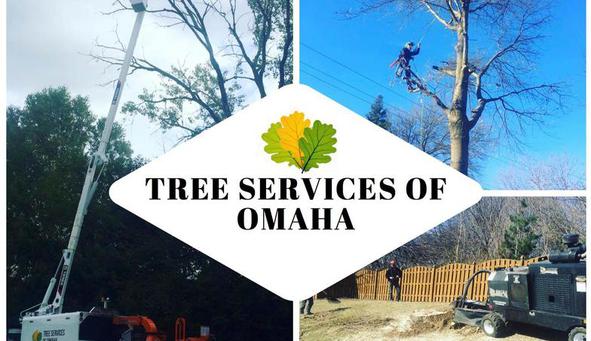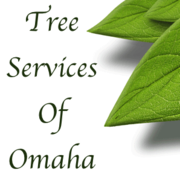
Established apple trees cannot be pruned as much as new trees.
Apple trees (Malus spp.) grow in a wide range of places, throughout U.S. Department of Agriculture plant hardiness zones 3 to 9. A tree that has been growing in your yard for several years may have become overgrown. Pruning established apple trees is quite different than pruning young trees you have just planted, as younger trees can bounce back more easily from a heavy pruning than older, established trees. When pruning and overgrown apple tree, you must be very careful not to remove too much wood or too many food-producing leaves.
Maintenance Pruning
When doing maintenance pruning, the University of California Davis recommends only cutting off 20 percent of the previous year's growth. This includes pruning away dead or dying branches and any that shade the interior of the tree. Maintenance pruning is done during the winter, which is the dormant season for apple trees.
Maximum Pruning Percentage
With annual maintenance pruning, the maximum amount of the tree's growth you should remove is one-third. To avoid removing too many leaves, you should not prune away more than 25 percent of the leaf-bearing crown of the tree. This includes regular maintenance pruning and any cuts you want to make to train the tree's height. With a drastic, single-year shortening, you can train even an old, overgrown apple tree to have a single leader trunk from which the fruiting branches grow. To achieve this shape, you must prune the tree because apple trees usually do not have a central leader branch naturally. Usually, this is done on younger trees.
Multi-Year Pruning
If you have a highly overgrown apple tree, you could take a gradual approach to reducing the tree's excessive growth, cutting off one-third of the tree's height every year for three successive years. At the end of this time, you will have cut back the tree to a manageable height without over-stressing the tree. Make these types of cuts in the spring, so the subsequent growing season rapidly heals the pruning wounds in the tree.
Single-Year Shortening
Apple trees are one of the few deciduous trees that will bounce back from a hard, single-year shortening. This type of pruning requires you to cut off every one of the main branches except for a single leader. You should not do this if your apple tree does not have any major branches lower than 6 to 8 feet. To ensure that your apple tree has enough leaves left on it to provide food for the whole tree, you should not prune off a secondary branch -- or "nurse" branch -- that will host the leaves for feeding the tree while it bounces back from the severe pruning. You may remove this branch in the second growing season, because the tree will have sprouted new branches and leaves that maintain the new form of the tree by that time.



